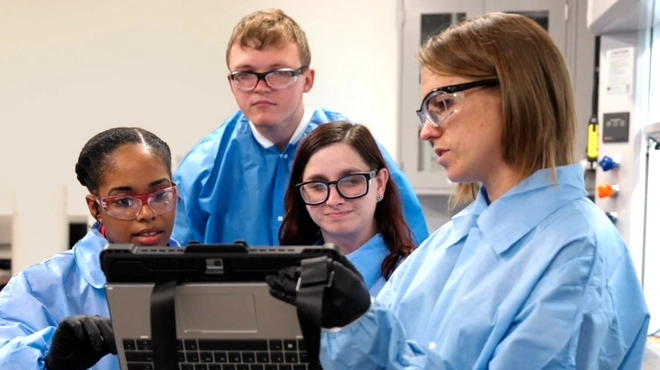
When Bertrand Bodson decided to join Novartis, his friends were surprised. You like a fast pace, they said, and pharma is slow. You like to be on the leading edge of digital and pharma is...not.
But Bodson was convinced that Novartis was different. What grabbed him first was that Novartis invests about USD 9 billion a year in research and development. Few ventures in the world make such an enormous investment in ideas.
He was impressed that the company consistently makes this investment despite the fact that the probability of success is low. Researchers pore over thousands of experimental compounds for every one that makes it to market, and the process of shepherding that one medicine through discovery and development and finally to patients can take about 10 years and cost about USD 2.5 billion1.
He also saw the potential for data science to make a difference at a company that is primed for change. Novartis has collected a treasure trove of information and has the talent to learn from it in ways that could help the company shrink those drug development timelines and improve the lives of more patients.
“This is where data science comes in,” says Bodson. “We already rely on data, but how can we unlock its power to drive more of our decisions so that we can get better drugs to patients faster?”



